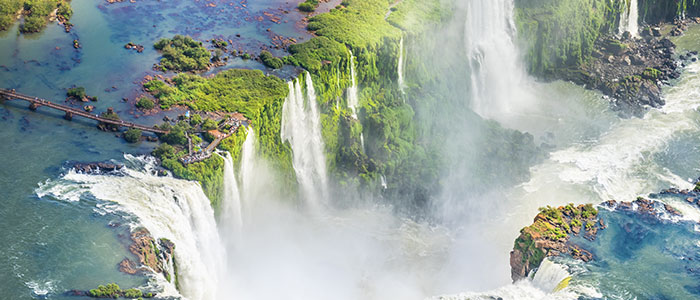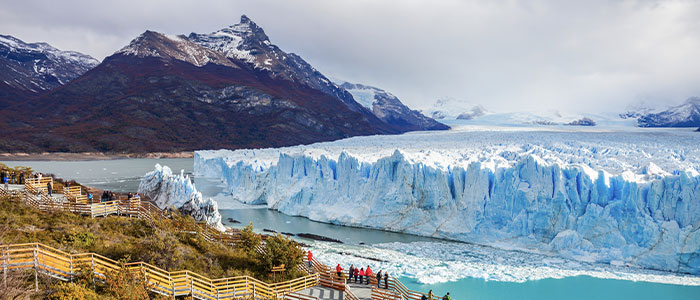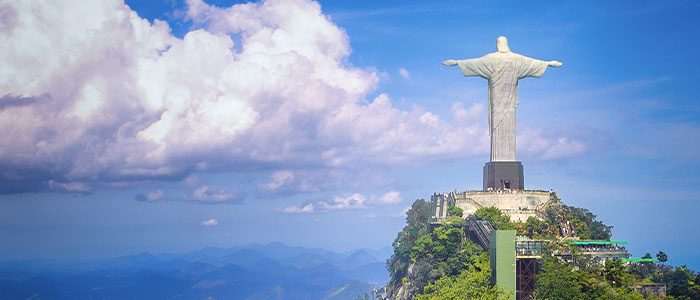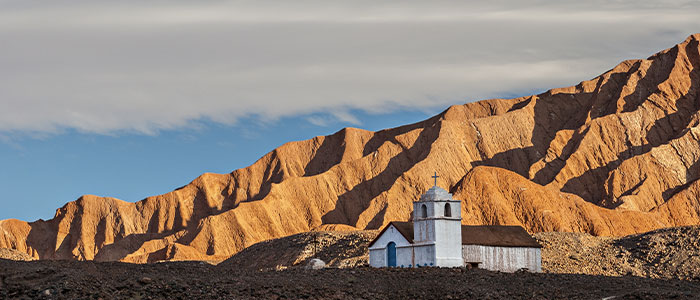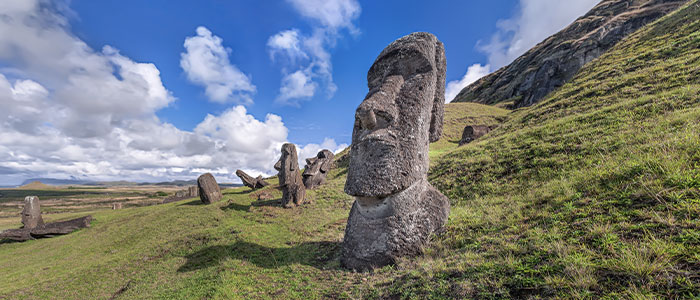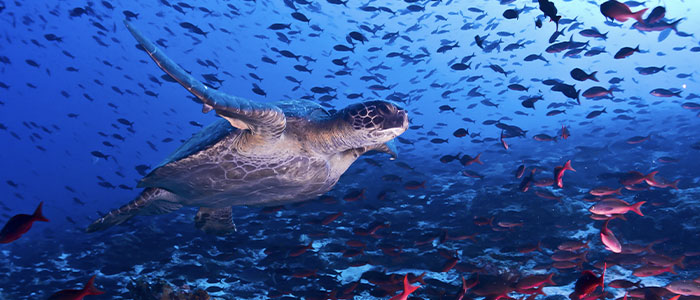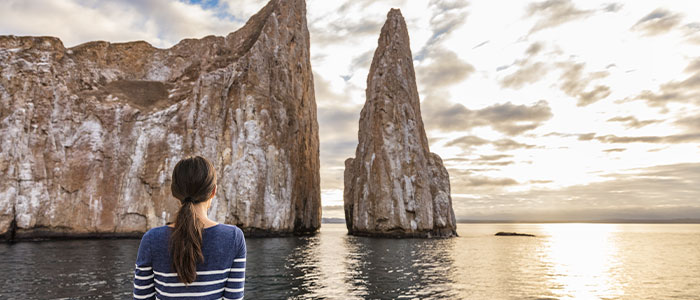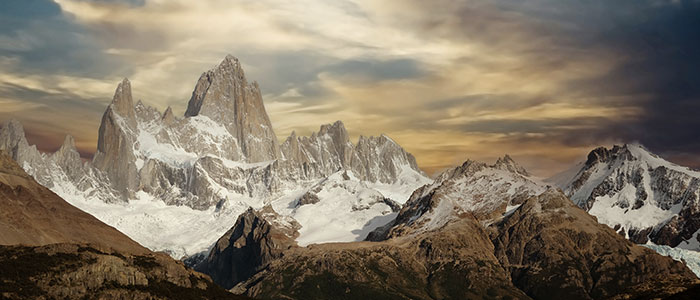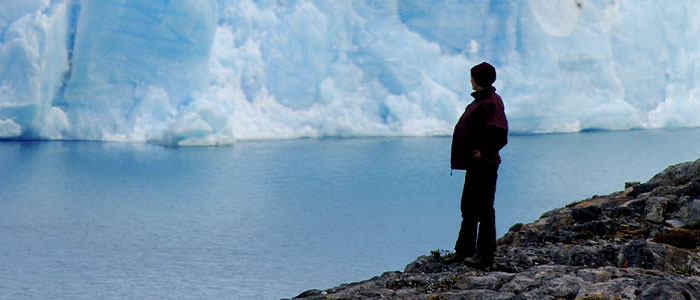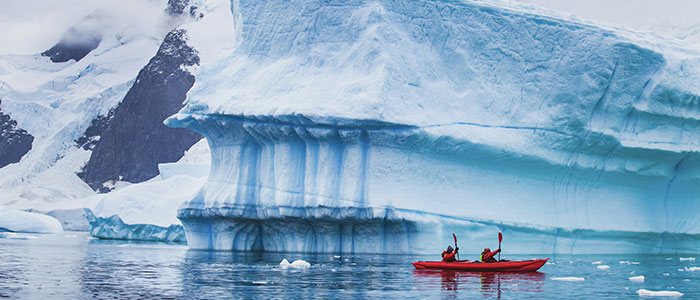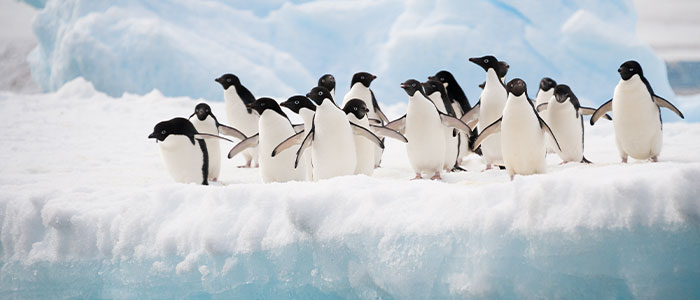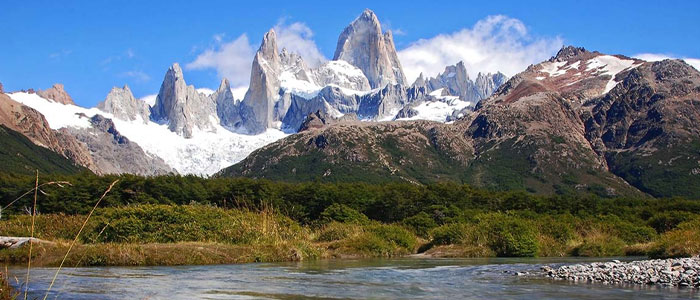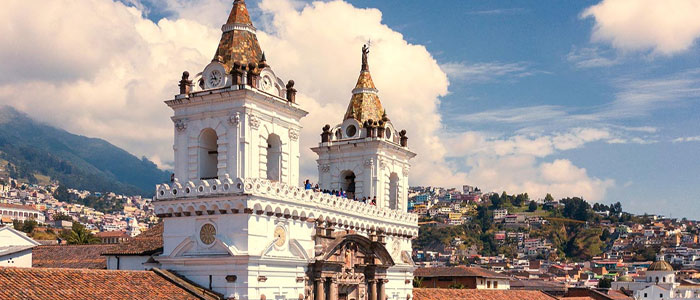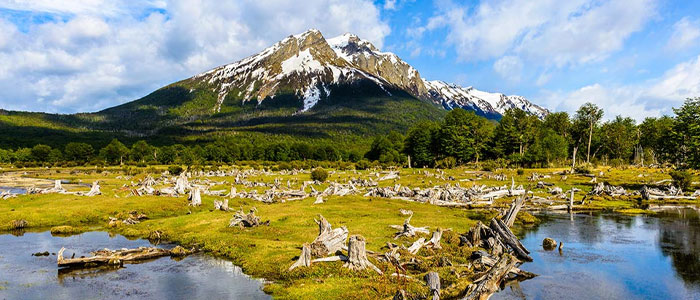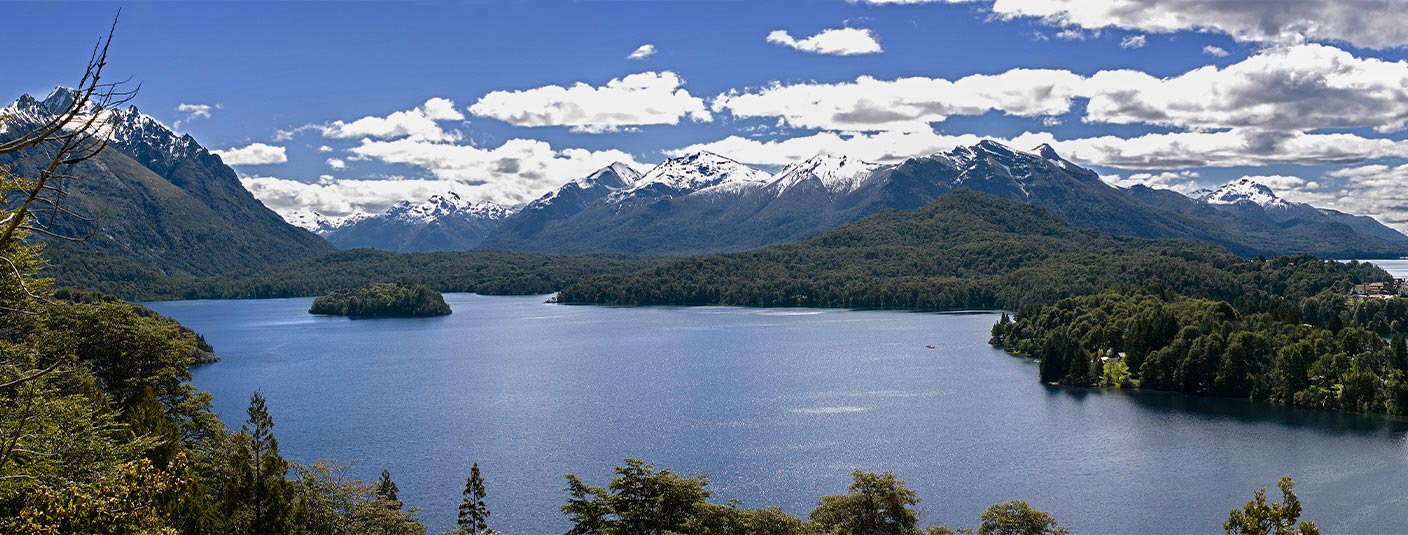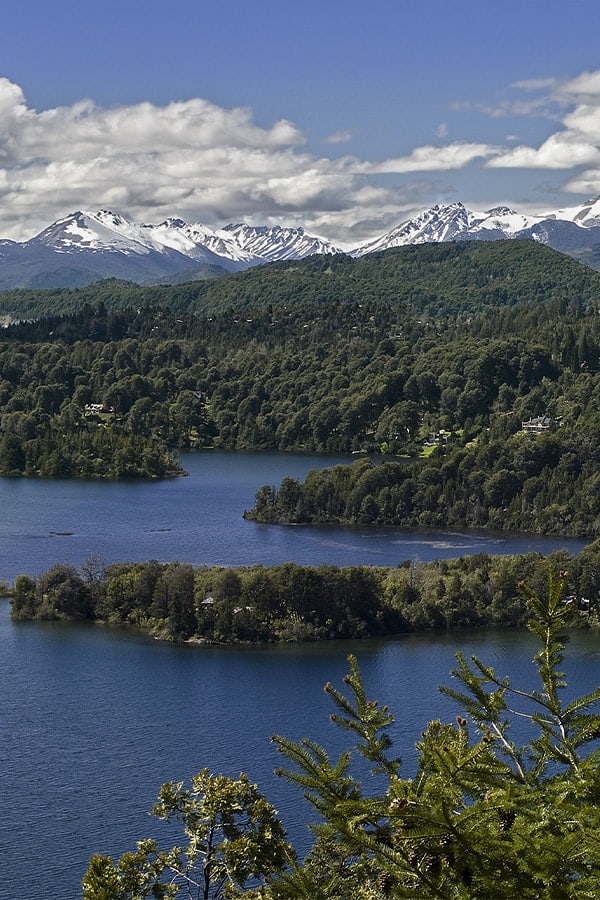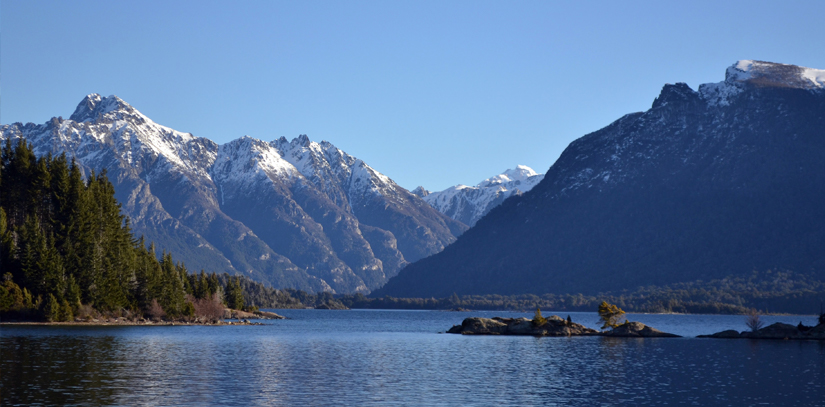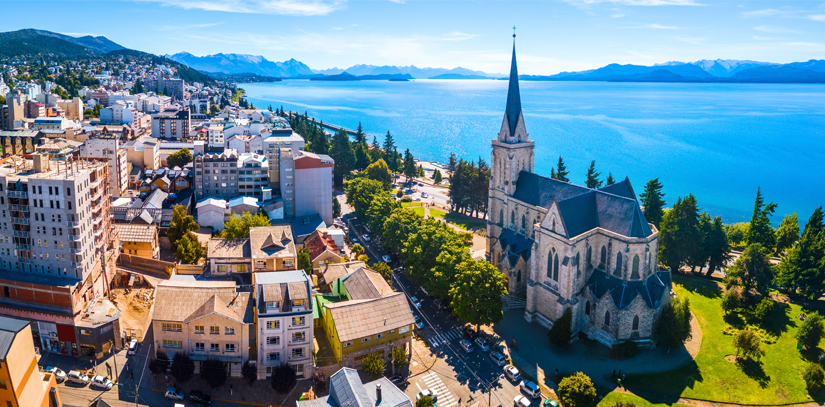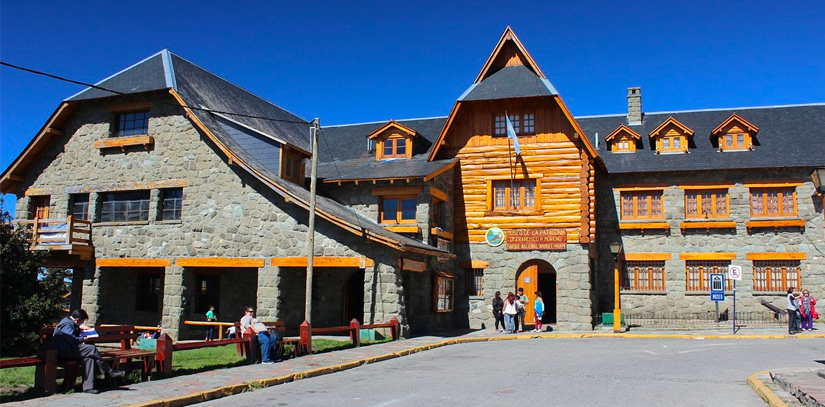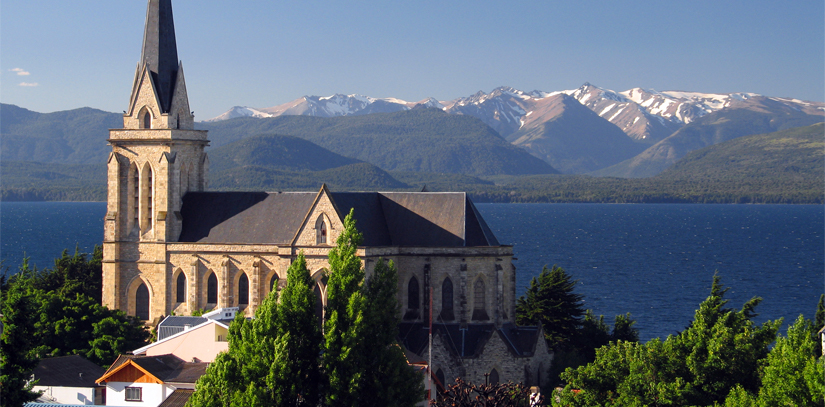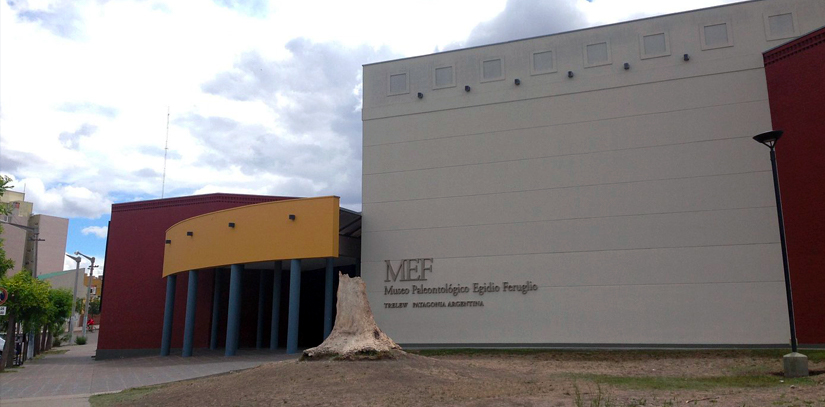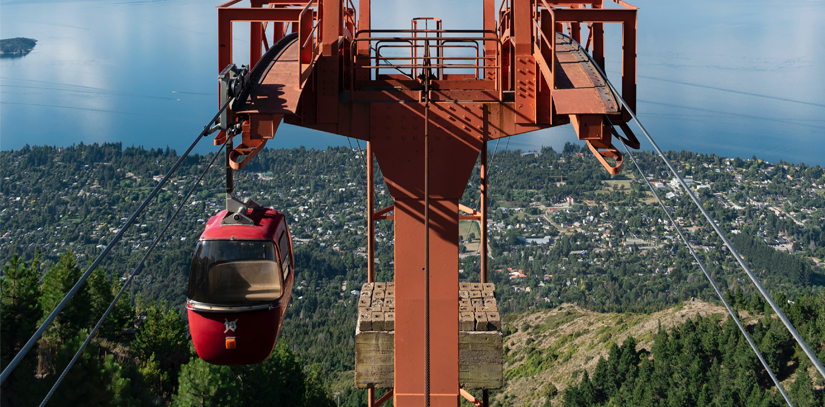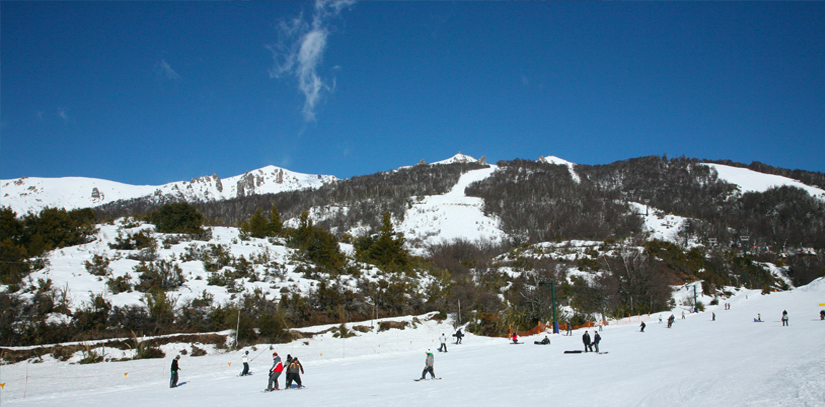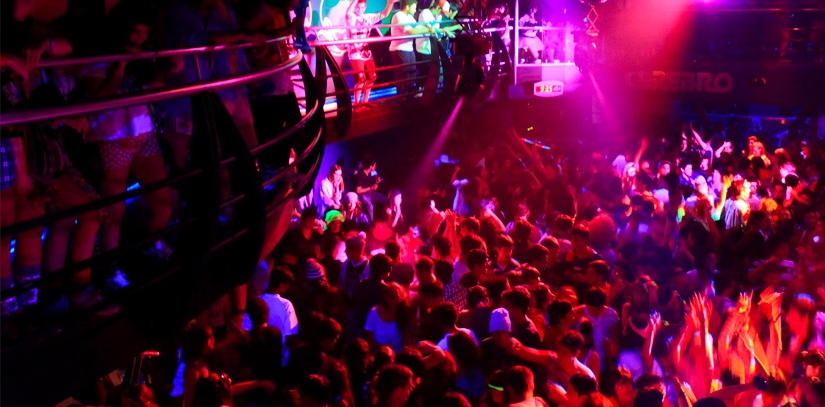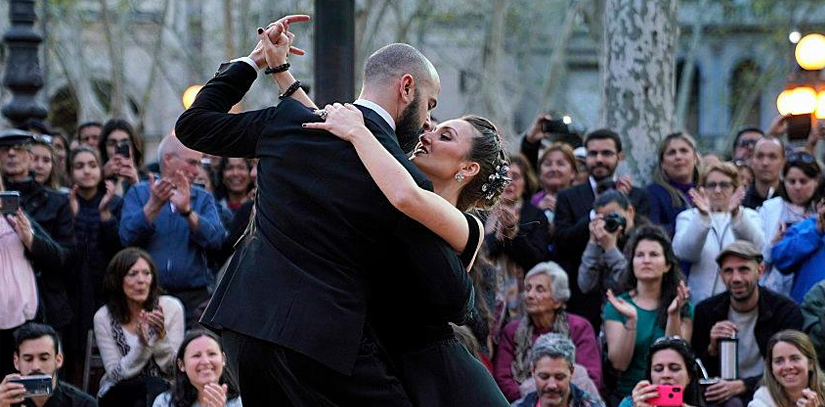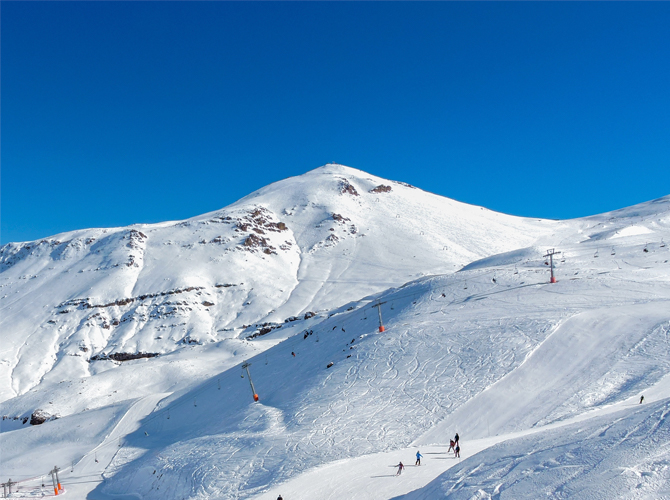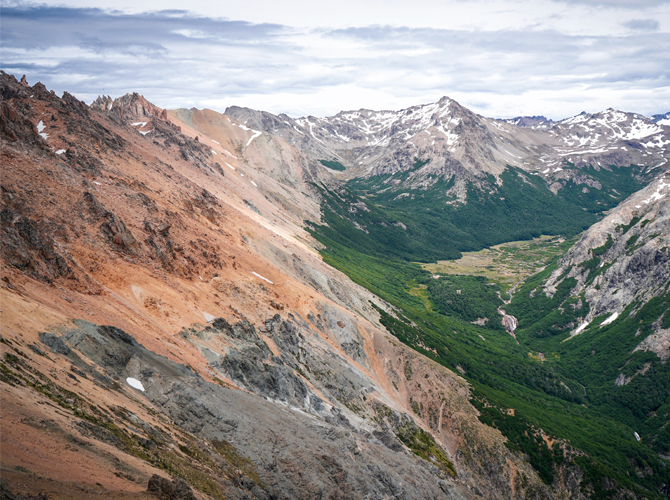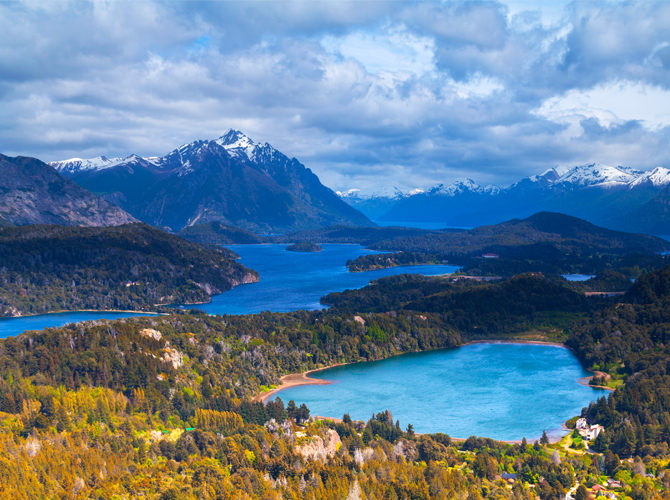With some of the most visually-stunning Patagonian landscapes as its backdrop, the town of San Carlos de Bariloche is the ideal location to enjoy the natural wonders of Argentina. This rugged but beautiful town in Patagonia is the perfect base to visit all of the region's top destinations.
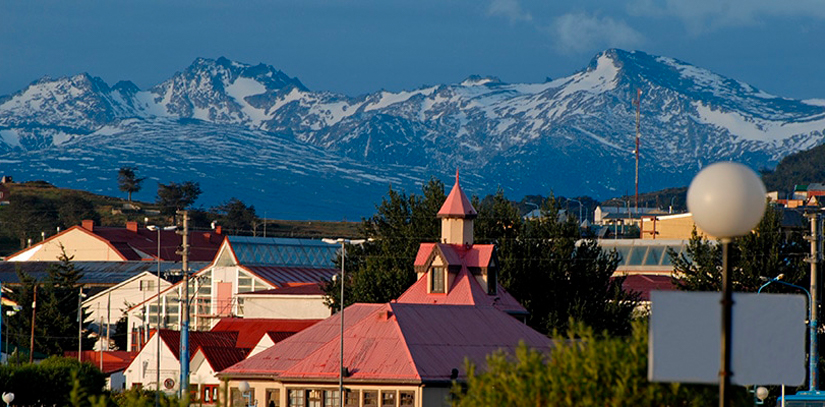
Bariloche sits at the foothills of the Andes that lie to the west of the town. With the plains of the Patagonian Steppe to the east and vast Nahuel Huapi Lake right in the center, Bariloche is an adventurer’s dream vacation spot. The natural landscape is perfect for trekking, skiing, various water sports and climbing, among other thrilling activities.
As part of the province of Rio Negro, this city for the adventure seeker and nature aficionados. Here you’ll get the chance to come up close and personal with distinct wildlife that Patagonia is known for, such as parakeets and condors. Travelers can escape to gorgeous Bariloche for a change of scenery will be happy to know that this tourist hub serves visitors with quaint shopping boutiques, famous chocolate shops (this city is known for them) and first-class restaurants dishing up the best in Argentinian food, as well as international cuisine.
Whatever your Patagonia vacation style may be, a stay in this modern and developing city nestled within the Argentine wilderness is the perfect way to enjoy the rugged but beautiful landscape. Here you’ll experience it all while retaining the comforts and conveniences of contemporary life.
Best Time to Visit and Climate
It can get very chilly in this Patagonia city. Since it’s right next to the cold Lake Nahuel Huapi, the temperature often actually feels colder than predicted. With a continental cold climate dominating the area, packing warmly is a must as even during the summer season.
Summer normally features warm and sunny days, but can be generally nippy and sometimes rainy at night. Autumn days are comparable to the crisp, foliage-rich fall months of New York, but unlike the capital city, Bariloche sees a lot of rain during this season. Frosty days and dream-like snowfalls characterize the winter season in this Argentine city known for its wonderful variety of winter sports such as skiing, snowboarding, and trekking.
The fall season, spring in this charming city is a mix of sunshine and rain, as the weather is transitioning to another extreme season. Finally, summer in Bariloche is warm with lots of sunshine. During this season, the beaches at this Patagonia tourist hub start filling with sunbathers and fishermen.

Bariloche Winter
Seasons in the Southern Hemisphere are flipped around from the north. Therefore, a winter in Bariloche occurs from June through to August. Temperatures range from 14ºF (-10ºC ) to 46ºF(7.7ºC).
Bariloche Summer
Bariloche summers are very pleasant but can also get very chilly past night fall with average temperatures falling between 48ºF (8.8 ºC) to 84ºF (28 ºC).
Bariloche Spring/Fall:
Fall in this city surrounded by natural wonders is cool but comfortable with temperatures ranging from 39ºF (3.8ºC) to 55ºF (12.7ºC), while the spring season is just as nice, though slightly warmer with temperatures starting at 45ºF (7.2 ºC) and peaking around 68ºF.
Bariloche rainfall:
The rainy season is mainly concentrated during the autumn and winter months, with the Patagonian city seeing an average rainfall of about 500 mm. Depending on what season you arrive, it is always recommended that travelers packs warm clothes, with summer nights still reaching brisk temperatures that make it feel more like a fall evening. Warm jackets or coats, scarves and gloves should be wardrobe staples for a trip to this region of Argentina. However, if visitors are going to brave the much cooler but snow-covered winter months, polar windbreakers and thermally insulated coats, shirts and trousers should be worn, especially if participating in winter sports.
Winter days are still very sunny; it is also recommended that travelers bring UV-protected sunglasses and sunblock to protect themselves. Bathing suits, t-shirts and shorts are perfect for warm summer days, while the transitioning fall and spring seasons see bouts of rain that would be more enjoyable if wearing rain slickers.
Something distinct about Bariloche is that due to the city’s low latitude daylight hours during the summertime begin around 6 a.m. and can extend until almost 10 p.m. This allows residents and tourists plenty of time to enjoy outdoor activities. During the winter months, daylight hours return to the more common range: from 9 a.m until 7 p.m.

